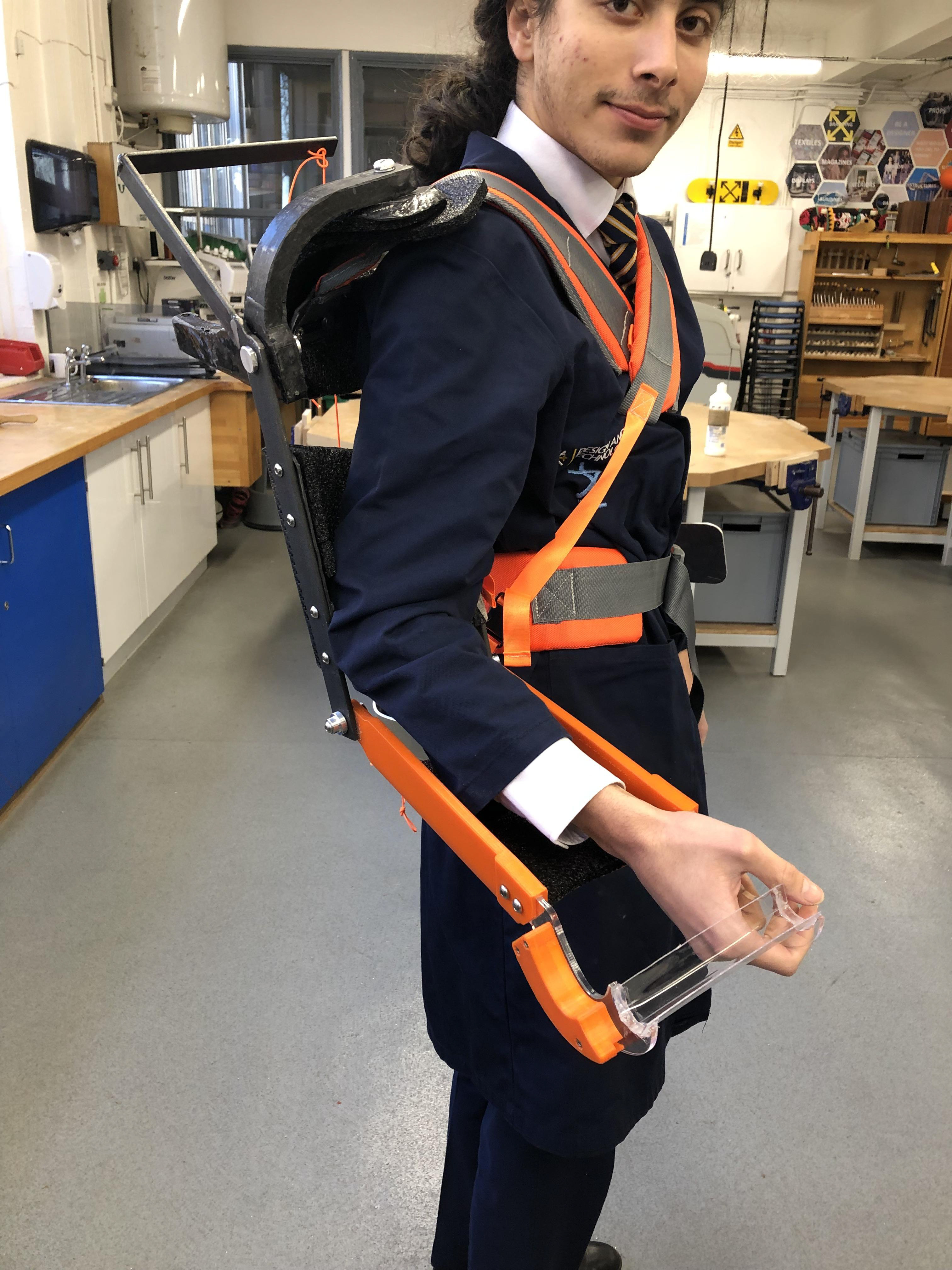I started designing and manufacturing a Hybrid Exoskeleton Suit for rescue and emergency aid during my Design and Technology A-Level. Built from steel, CFRP and polypropylene, the exoskeleton is lightweight and portable; and uses a unique combination of passive a spring and pulley system, alongside a fully-integrated powered hydraulic system.
The aim was to complete this project by January 2023, although since starting university the project has slowed down as I haven't had as much time as I would have liked.
Design
All the mechanical design was done on Autodesk's Fusion 360. This included stress-analysis of the parts, weight and volume measurements, and the joints and motion of the suit. Having all the parts in CAD has really helped with designing the 3D printed moulds for the carbon fibre, and exporting 2D files for Lasering or Plasma Cutting.
All the carbon parts have required 3D printed moulds, and use a variety of open moulds for vacuum-bagging and compression moulds for the forging. The aluminium hydraulic reservoir requires wooden formers, and the metal parts need stencils for drilling holes.
Manufacture
All the manufacturing so far took place at my secondary school, where there are amazing facilities. The 3D printed moulds have been made on a CR-10, which I built at school from a kit. Having used Cura to slice parts for many years, I have recently switched to PrusaSlicer, to benefit from the Arachne perimeter-layout algorithm and a higher print quality. I have been using PETG for the moulds as it naturally releases from Epoxy Resin very well.
The Carbon Fibre moulding process has been quite challenging. I am using a combination of laying-up fabric in open moulds, and making forged-fibre parts in compression moulds. After making an arm as a test-piece in the prototyping stage, the first final-product part I made was the shoulder frame. I experienced quite a few difficulties with my plywood and PETG mould, because the weight of the excess fibre drooping out the side of the mould pulled out the fabric from the 90 degree edges. In the future, when I make the arm and leg pieces, I think I will vacuum-bag the parts so that they fully form into the moulds.
I have also had difficulty with my metal pieces. The small sections such as the joints have been easy to make, but the large panel for the spine/hips and the feet have been hard to cut out. I would have done them on my school's CNC Plasma Cutter, but the ventilation system has broken meaning that it is unsafe to use. We also have a metal Laser Cutter, but the only material it can cut is thin mild steel of which we don't have big enough pieces.
Hydraulics
I have yet to source all the parts for the hydraulic system, as I have never made one before and am still researching the best solution. My plan is to have 4 cylinders, one on each limb, that help with standing and lifting the arms at the elbow. I have designed my own hydraulic fluid reservoir, which is flat to distribute the weight over the whole of the user's back, instead of a conventional cylindrical container. The hardest part to source has been a valve block, as I would preferably like solenoid-operated proportional and directional control. It is hard to find a solution small enough for a suit, as well as cheap enough for my budget.
During prototyping, I tested using low-pressure pneumatic systems. I also tried to make my own directional control valve, although concluded it would be safer and easier to use bought-in valves.
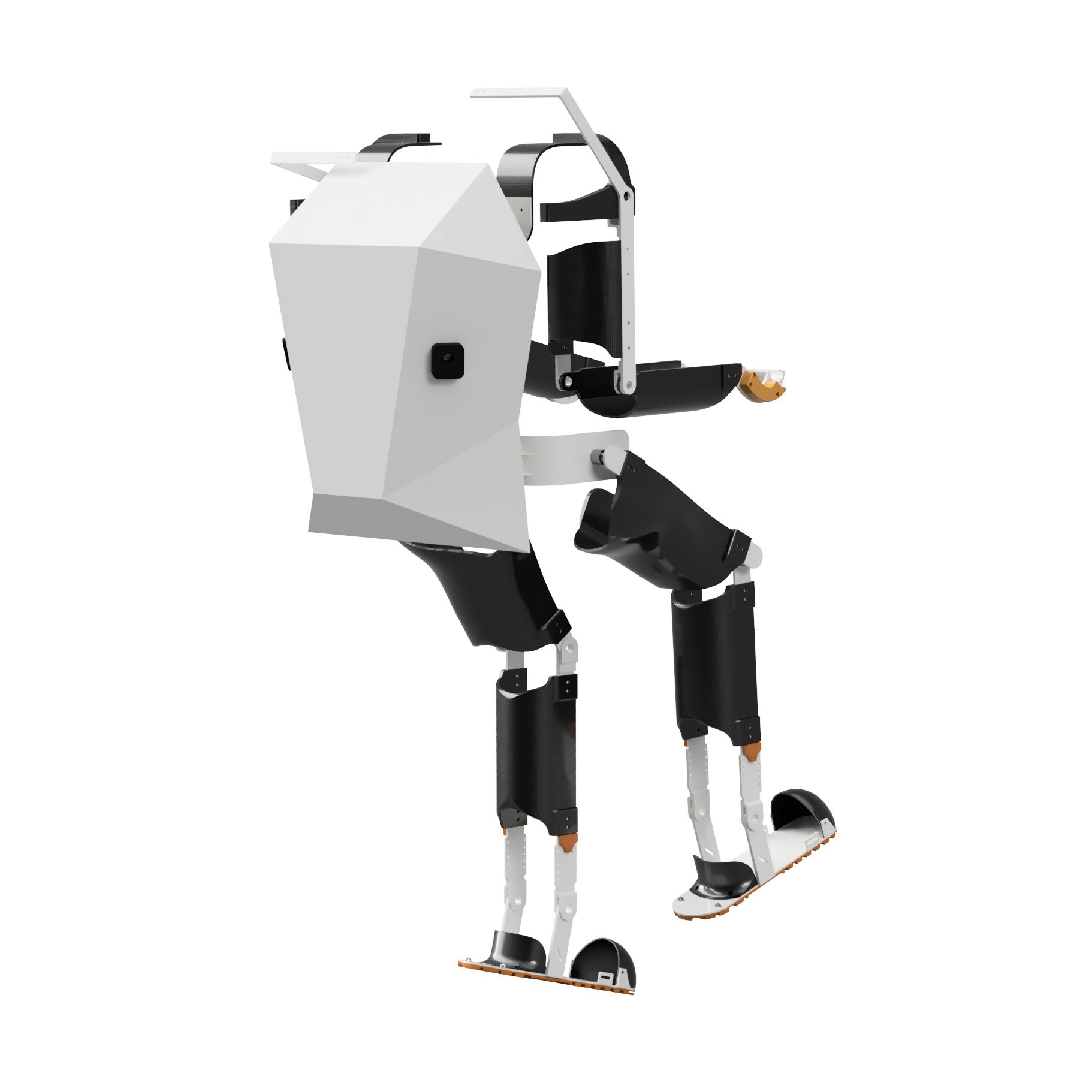
With back cover
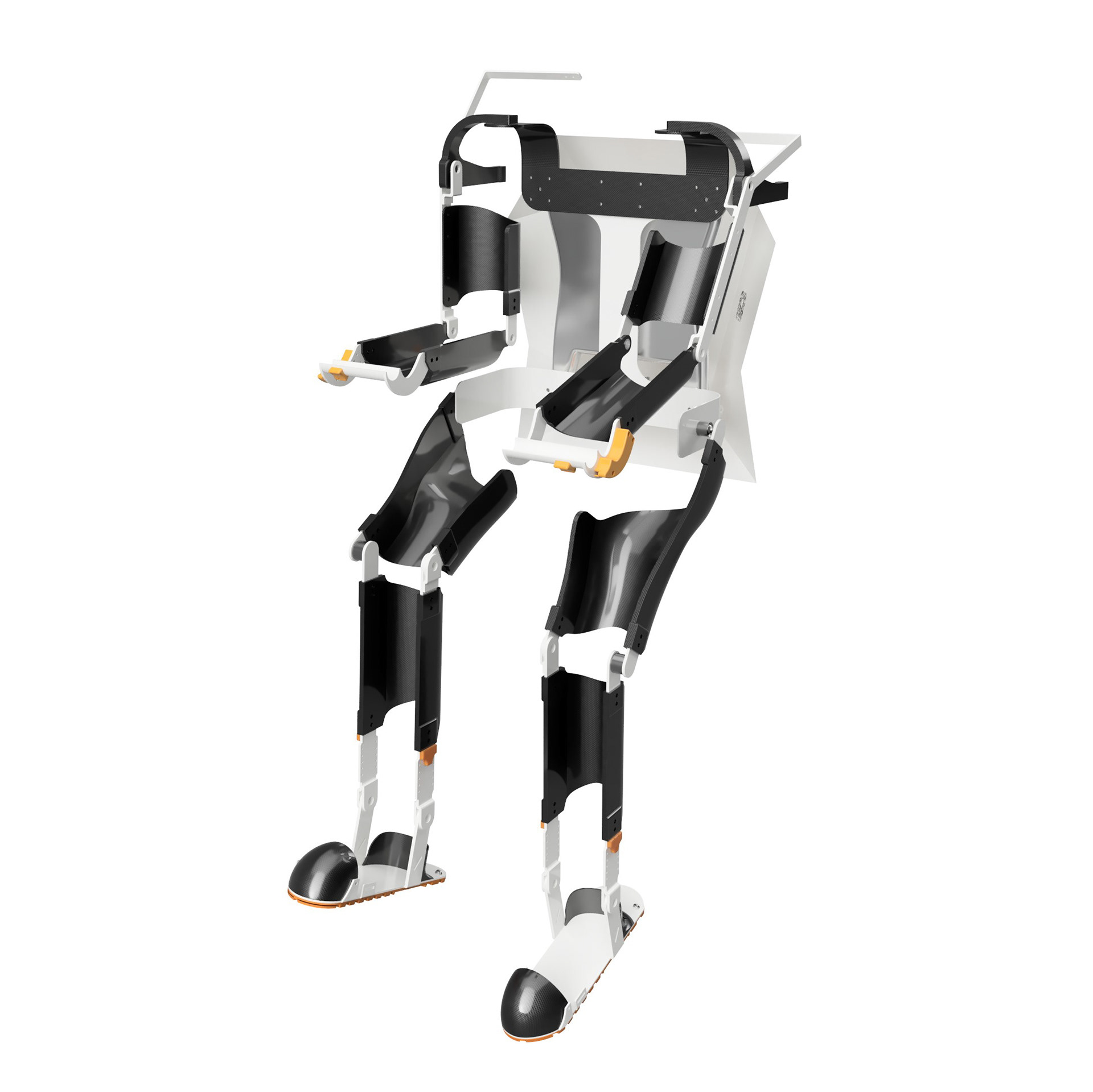
Without back cover
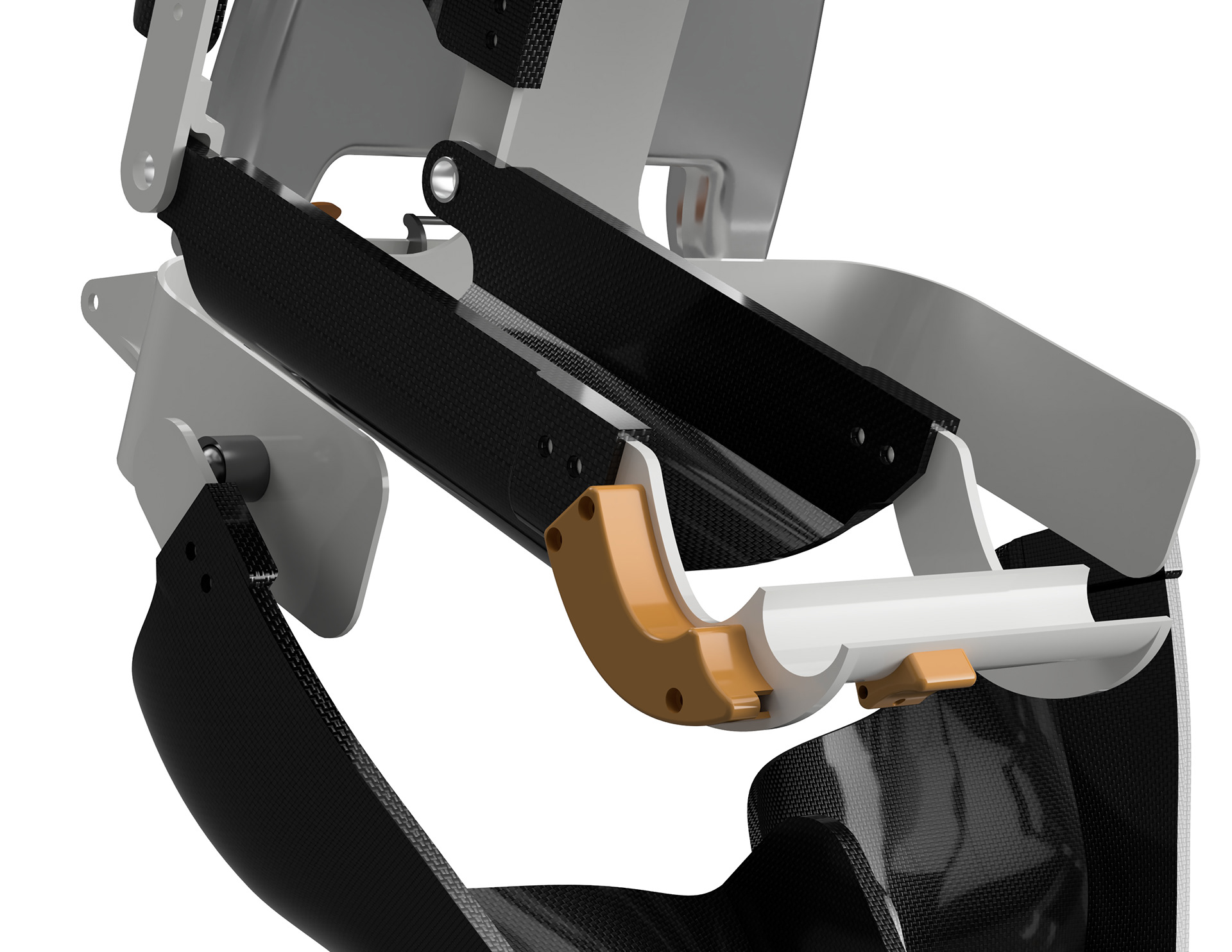
Close-up

The whole body (working iteration)

Exploded view of back design
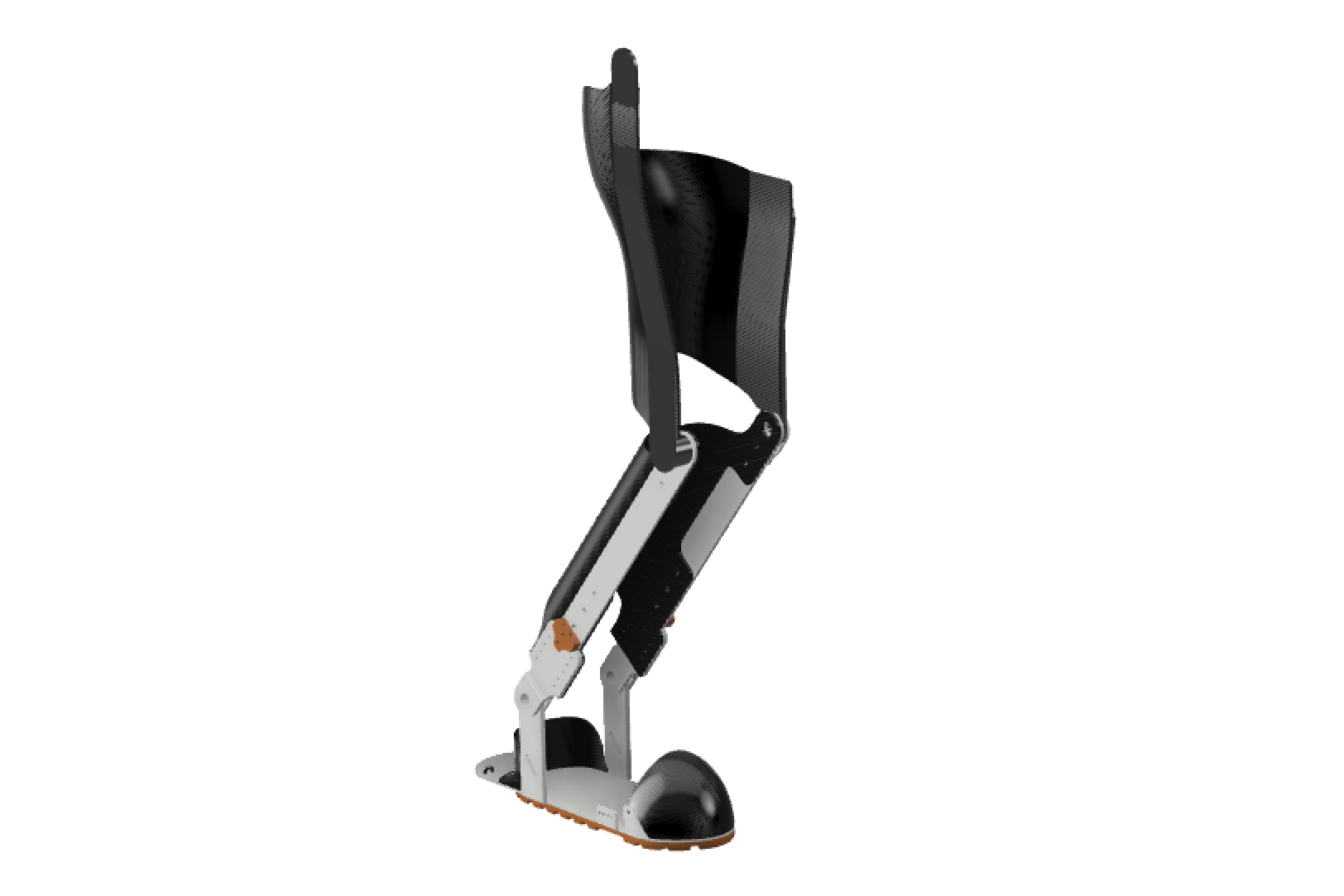
The leg (working iteration)
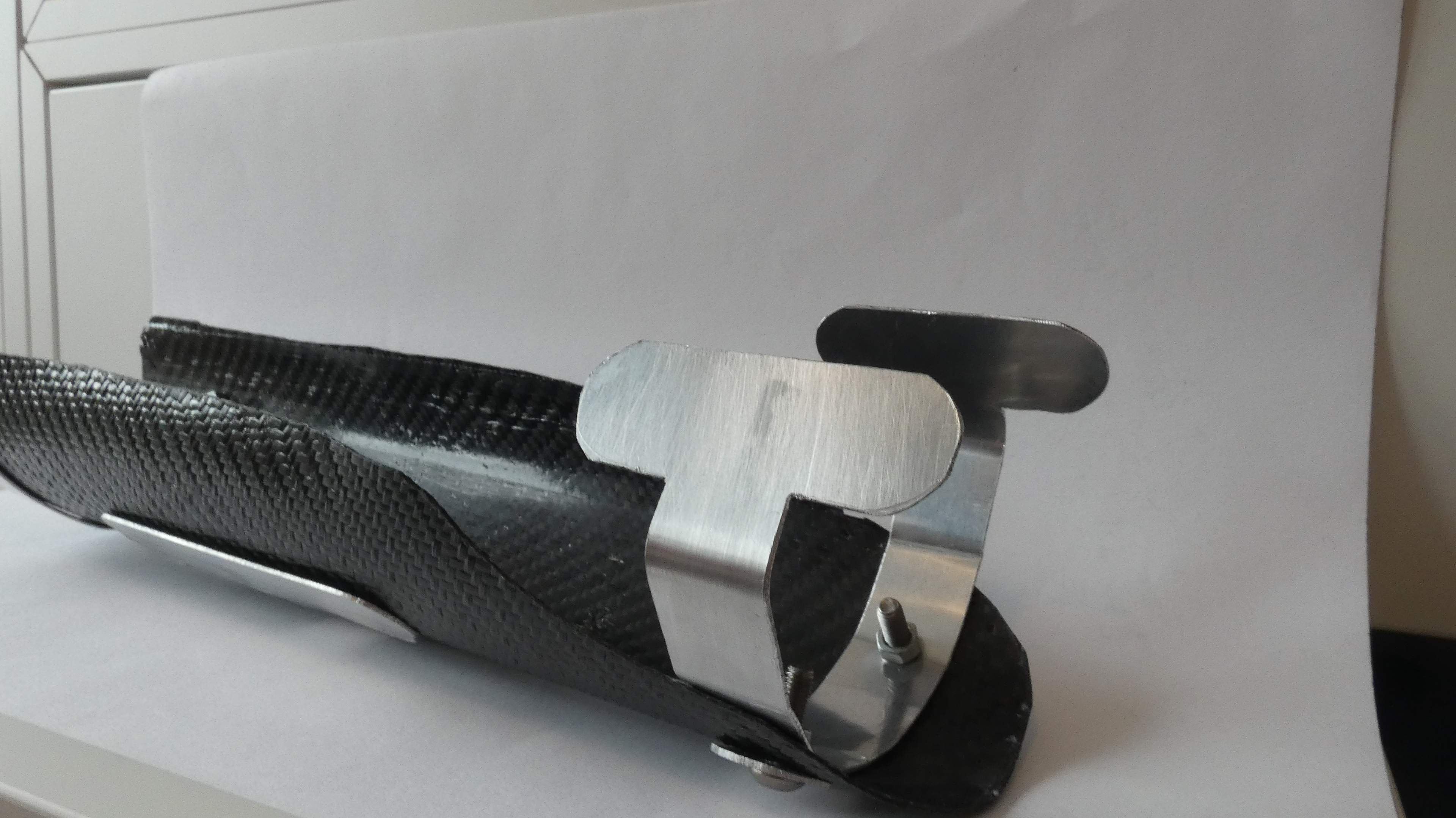
Carbon Fibre Moulding Test Piece

Machining Aluminium Manifold Prototype

Prototype Ratcheting Knee Joint (Acrylic)
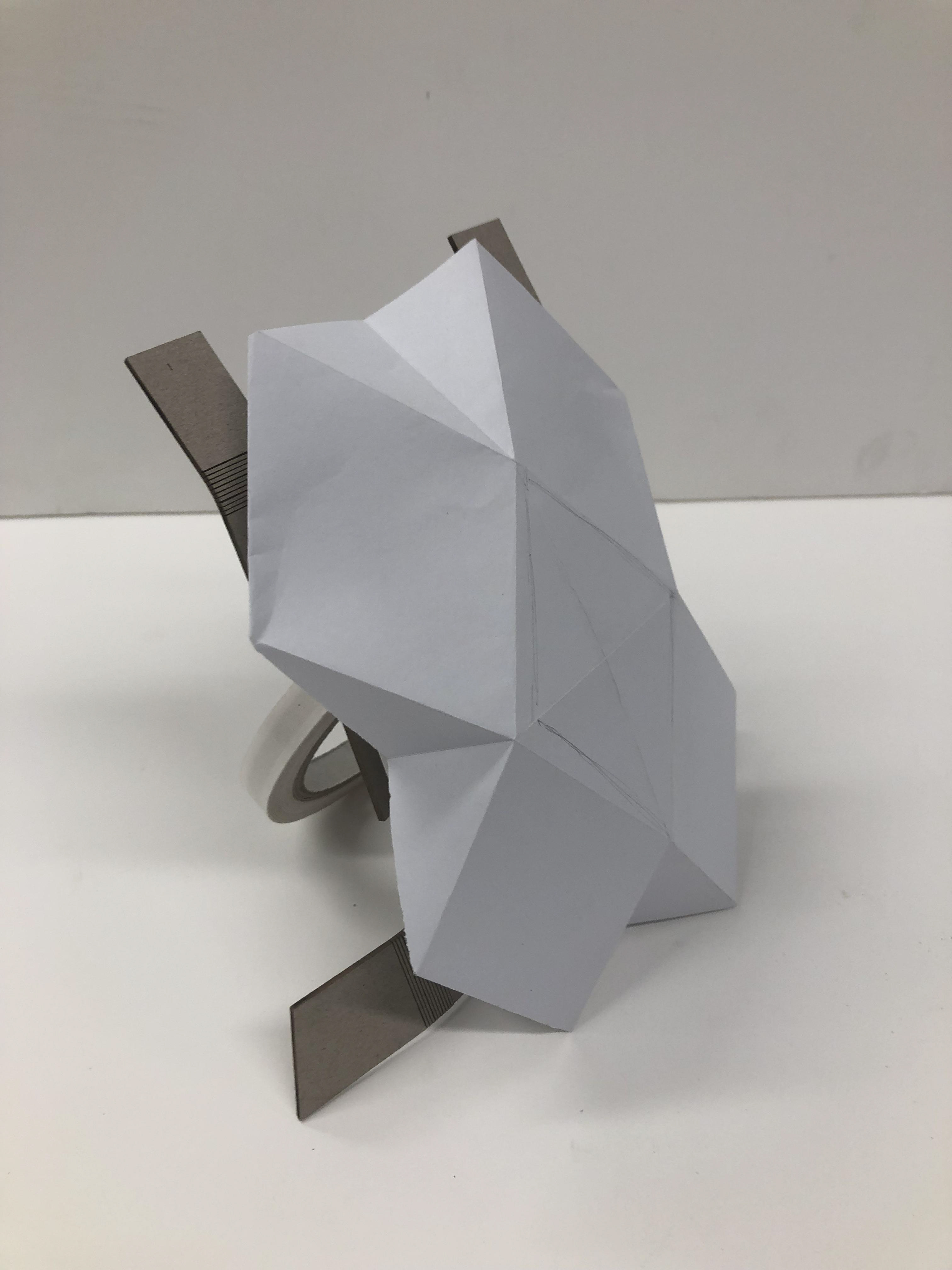
Back cover sketch model

The forearm
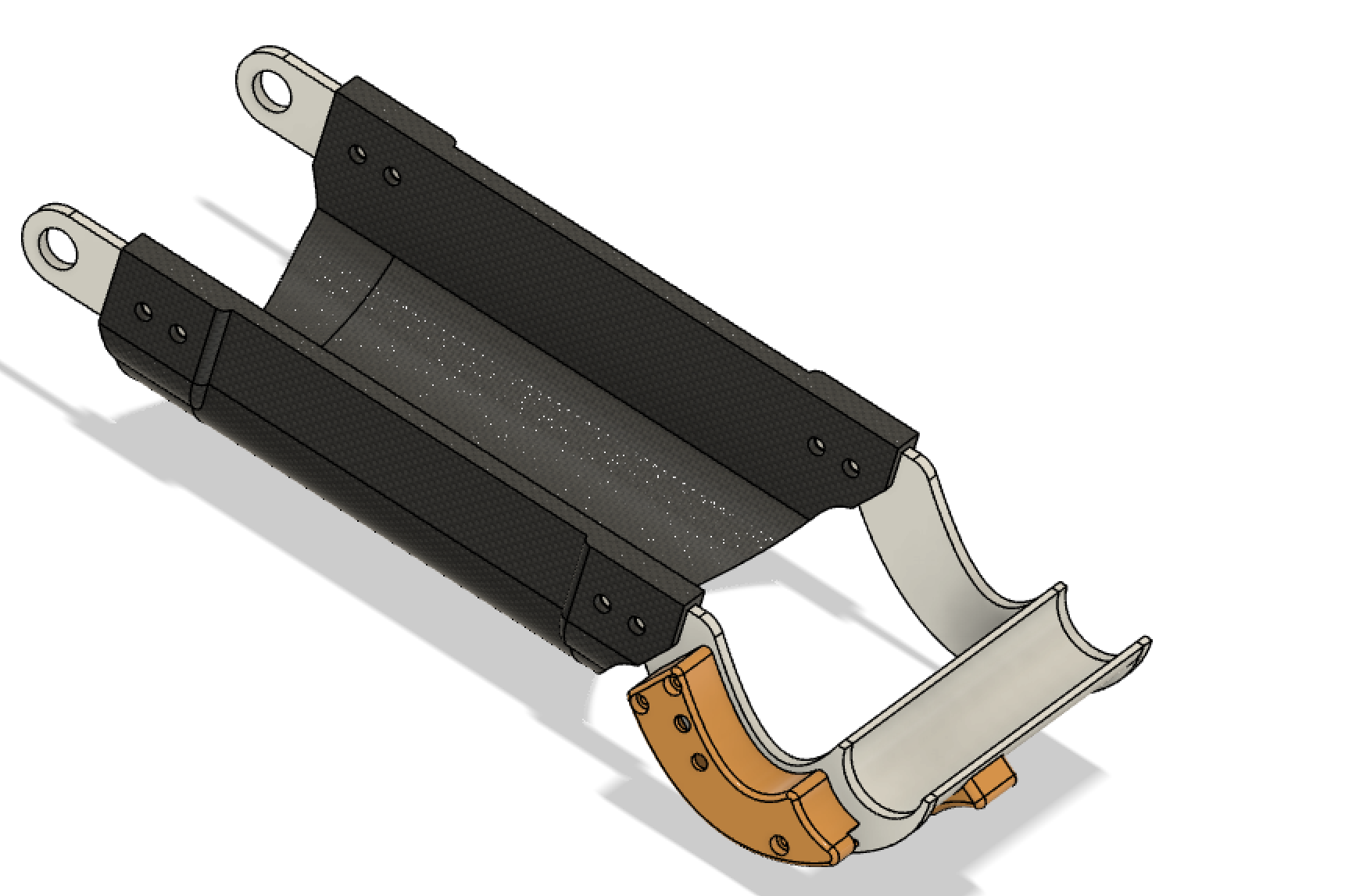
The forearm
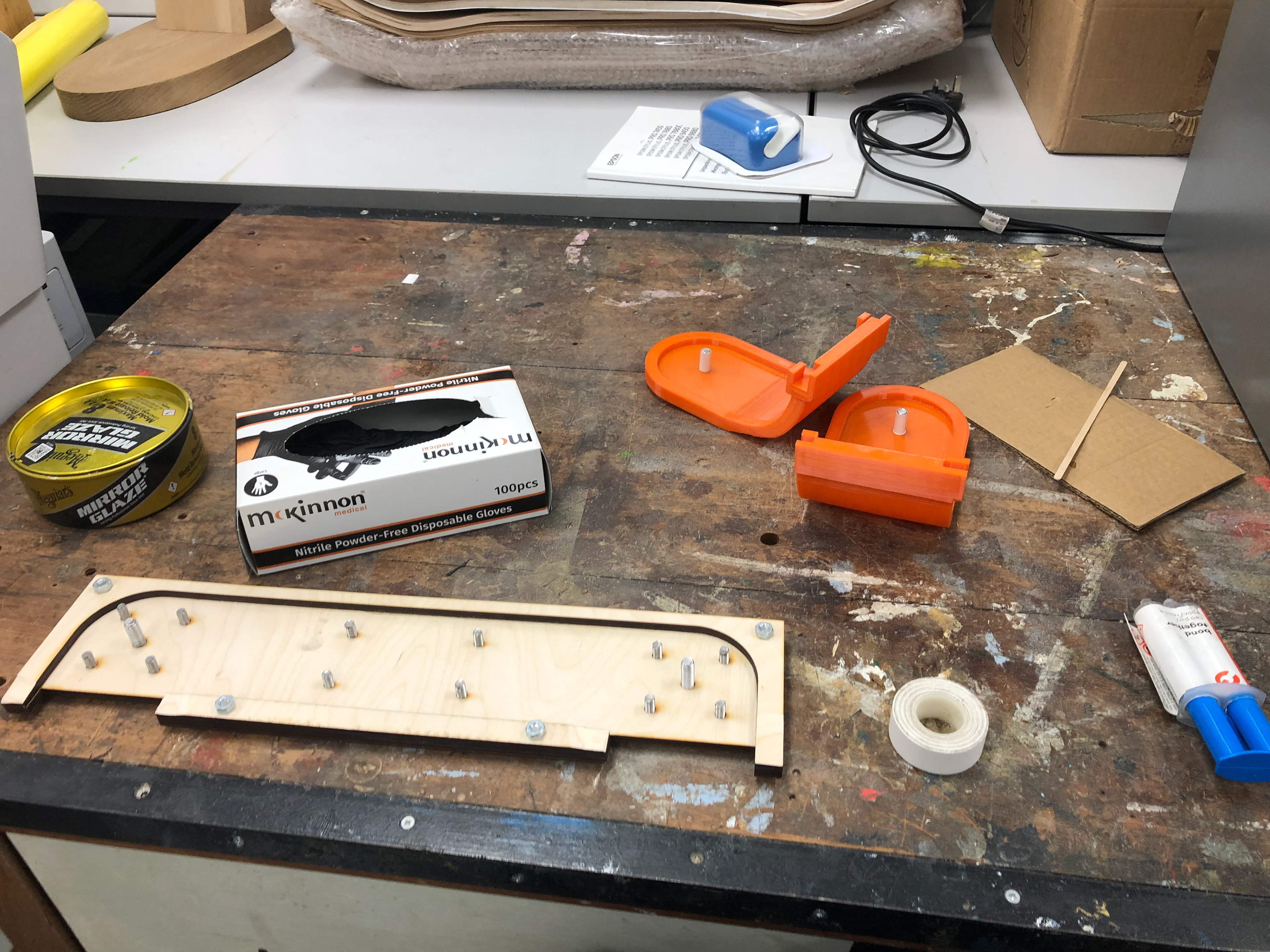
Making the shoulder plate mould

A wet lay-up of carbon fibre
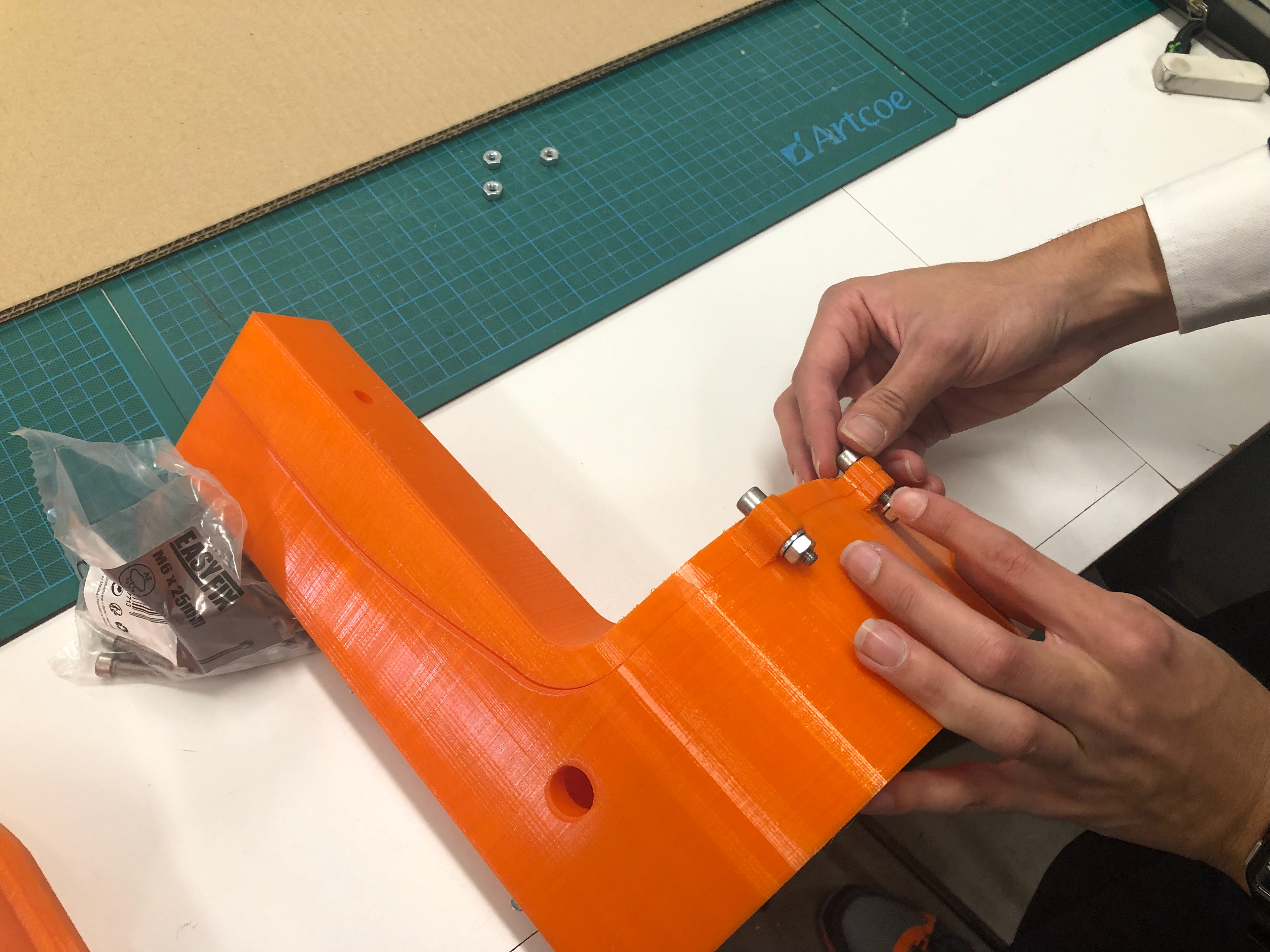
Preparing a forged fibre compression mould

Turning mould pins on the lathe
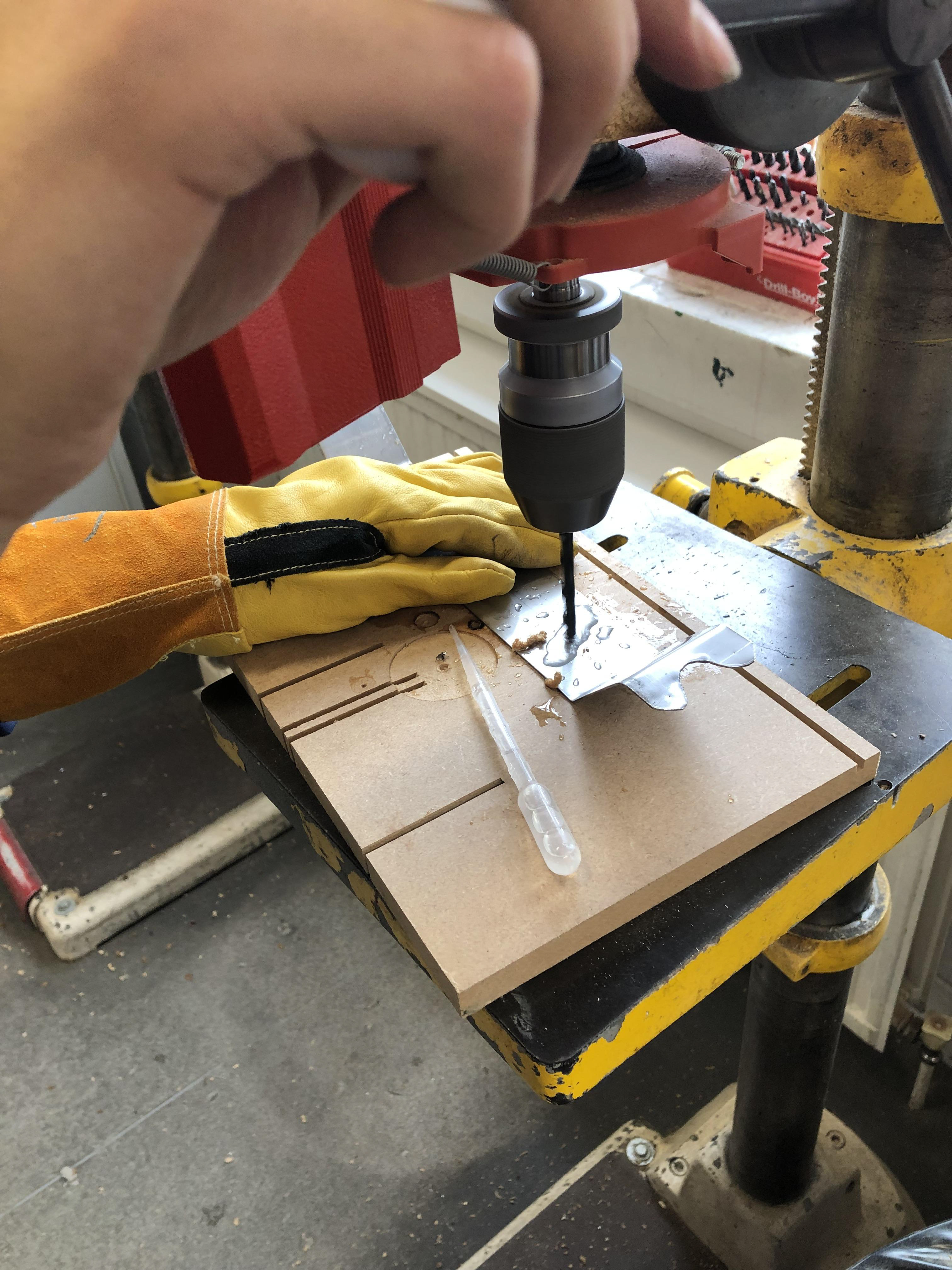
Drilling stainless steel for the cam plate
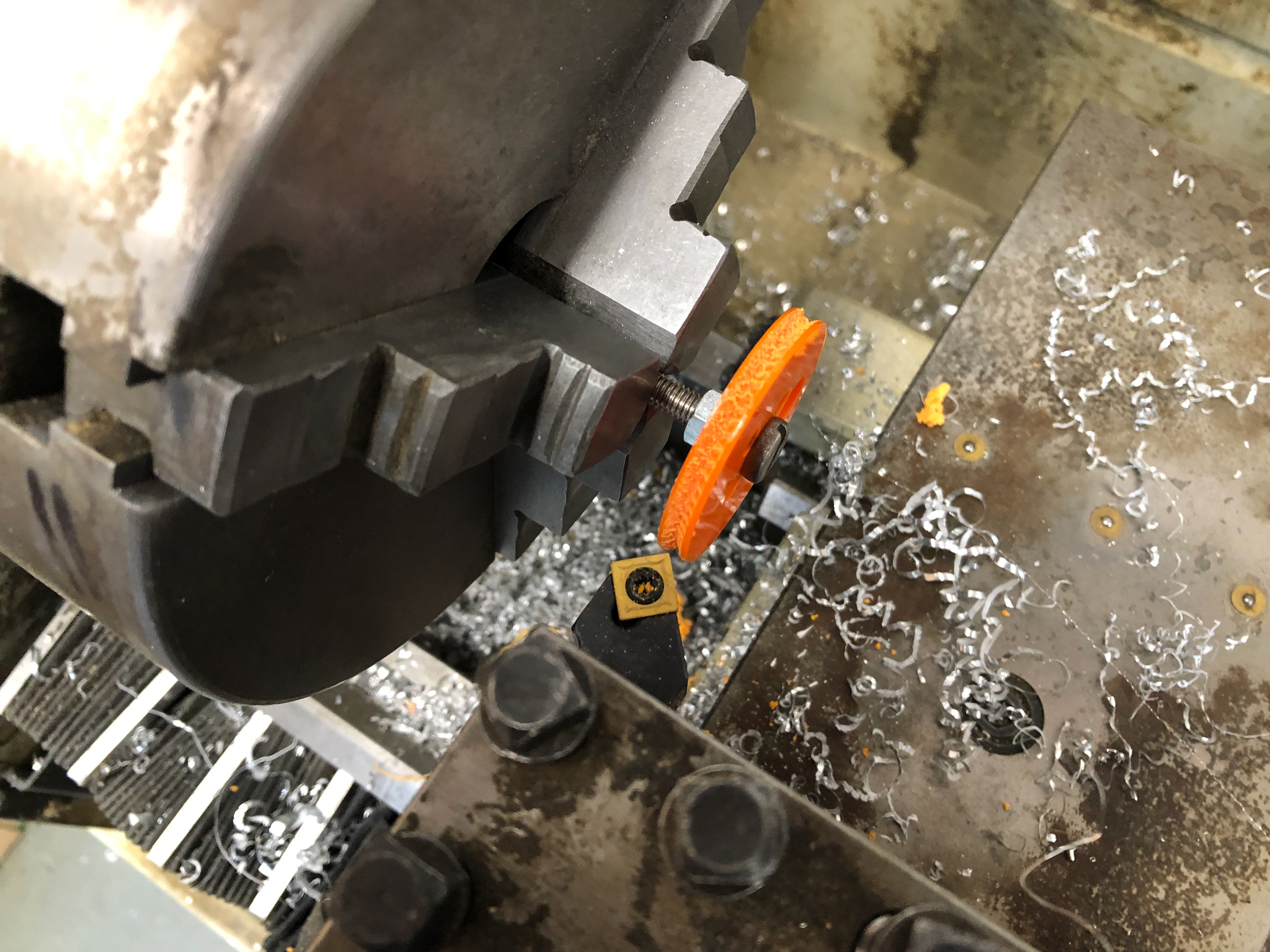
Turning a grooved acrylic pulley for cam system
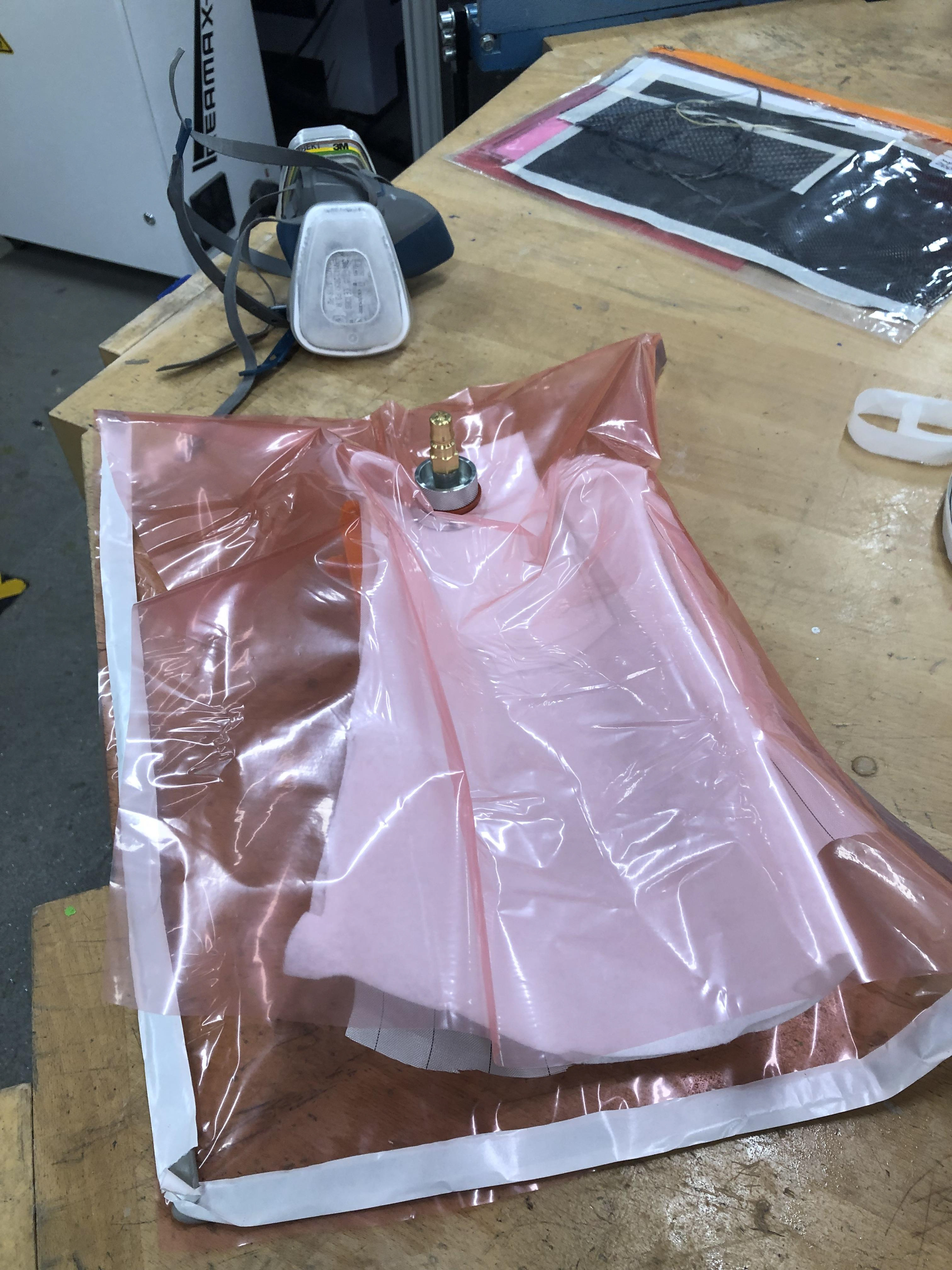
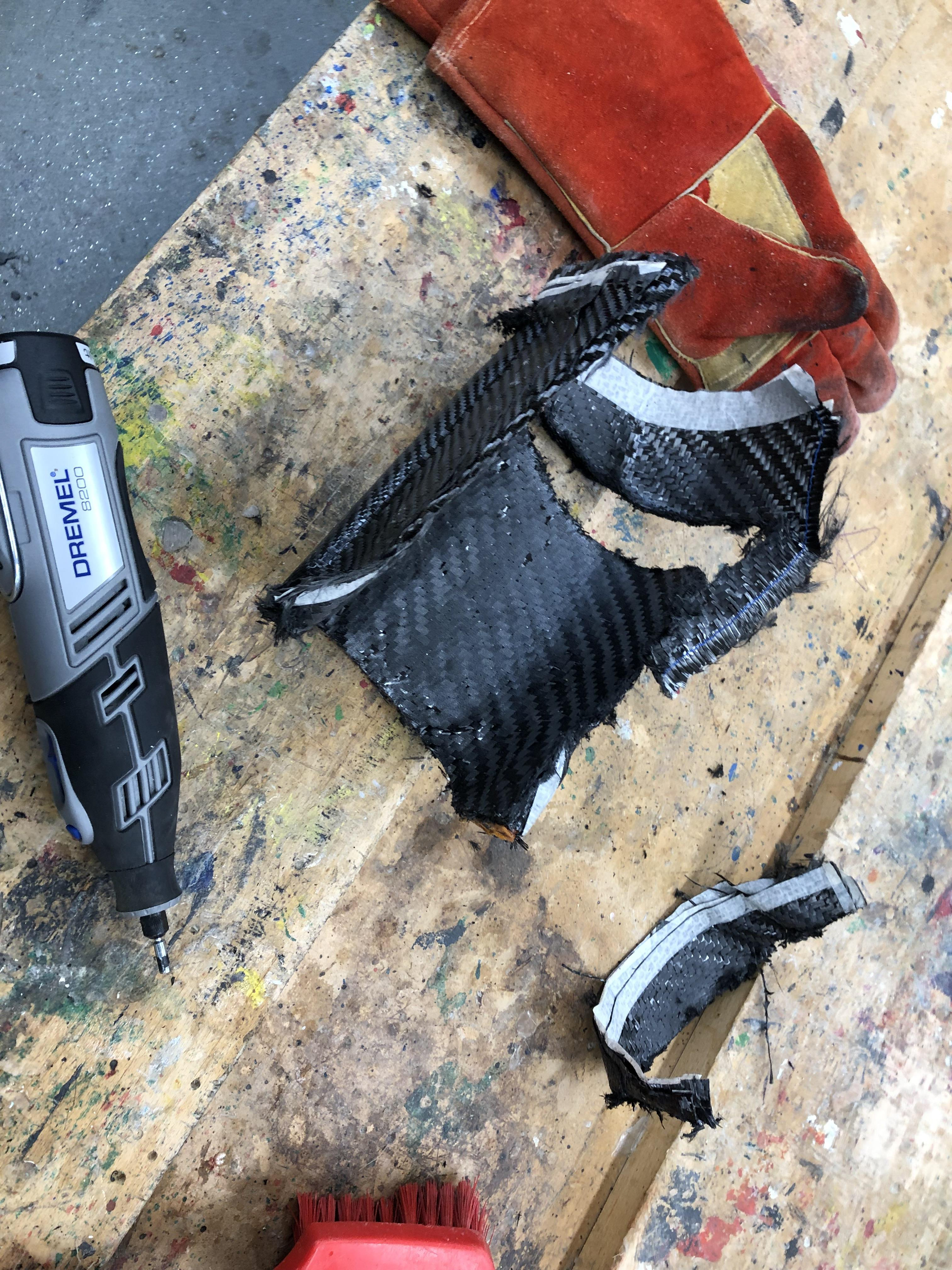
Trimming Carbon Parts

Laminating Upper Arm
